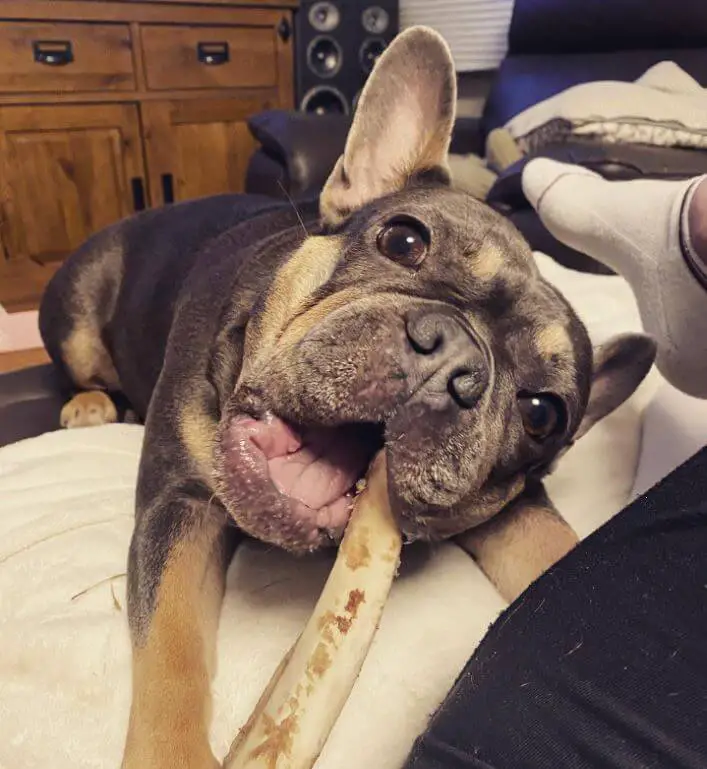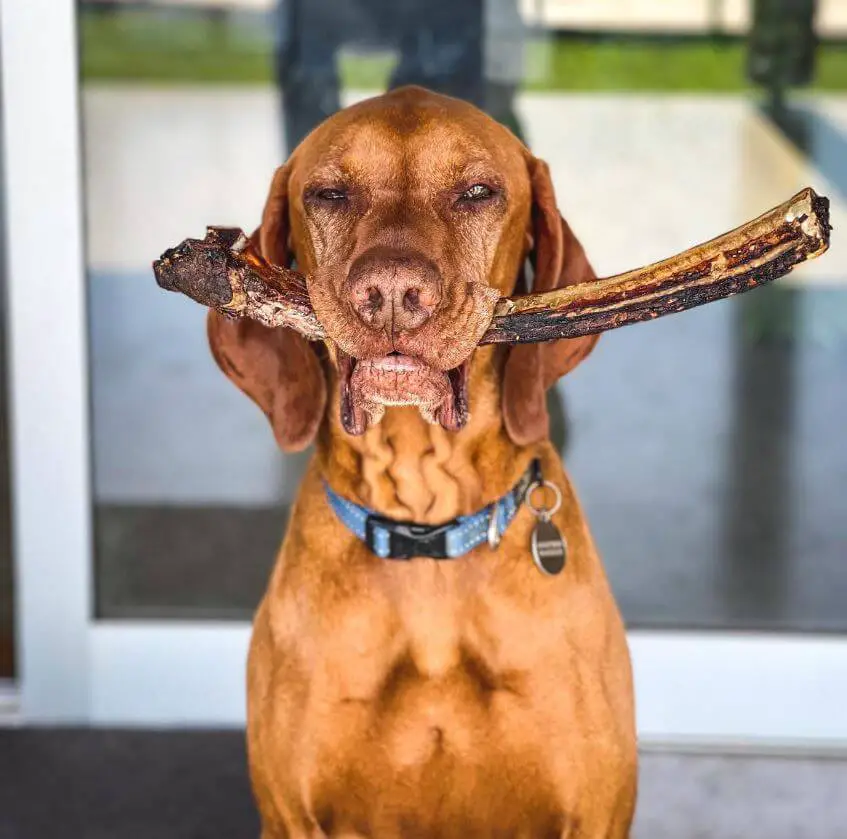Dogs love to chew on things, and bones are a popular choice for many pups. However, as a dog owner, you may be wondering whether it’s safe for your furry friend to consume bones. The short answer is that it depends on the type of bone and how it’s prepared. In this article, we’ll explore whether dogs can eat bones and what you need to know to keep your pup safe.

Are All Bones Safe for Dogs to Eat?
No, not all bones are safe for dogs to eat. Cooked bones, especially those that are small and brittle, can splinter and cause serious harm to your dog’s digestive system. These bones can get stuck in your dog’s throat, stomach, or intestines, leading to choking, vomiting, diarrhea, and even death.
On the other hand, raw bones are generally considered safer for dogs to eat. Raw bones are softer and more pliable than cooked bones, which means they are less likely to splinter and cause harm. However, even raw bones can pose a risk if they are too small or if your dog chews on them too aggressively.
It’s also important to note that not all types of bones are safe for dogs to eat. For example, chicken and turkey bones are small and brittle, and they can easily splinter and cause harm. Similarly, pork bones are more likely to splinter than beef bones.

What Are the Benefits of Feeding Bones to Dogs?
Despite the risks, feeding bones to dogs can have some benefits. Bones are a natural source of calcium and phosphorus, which are important minerals for your dog’s bone health. Chewing on bones can also help keep your dog’s teeth clean by scraping off plaque and tartar.
However, it’s important to note that bones should not be the sole source of calcium and phosphorus in your dog’s diet. Your dog’s regular food should provide these nutrients in the right amounts.

How to Safely Feed Bones to Your Dog
If you decide to feed bones to your dog, it’s important to take some precautions to ensure your pup’s safety.
First, always supervise your dog while he’s chewing on a bone. If your dog is a heavy chewer, consider giving him a larger bone that is less likely to break into small pieces. You should also remove any bone that becomes too small or brittle to prevent your dog from swallowing it.
Second, avoid feeding your dog cooked bones, as they are more likely to splinter and cause harm. Stick to raw bones, such as raw beef bones or raw chicken necks, which are softer and less likely to splinter.
Finally, if you’re unsure about whether to feed bones to your dog, talk to your veterinarian. They can help you determine whether bones are a good addition to your dog’s diet based on his age, breed, and overall health.

In summary, dogs can eat bones, but it’s important to choose the right type of bone and prepare it safely. Cooked bones, especially small and brittle ones, can splinter and cause harm, while raw bones are generally safer. Remember to supervise your dog while he’s chewing on a bone and to remove any bone that becomes too small or brittle. And always talk to your veterinarian if you have any questions or concerns about feeding bones to your dog.
